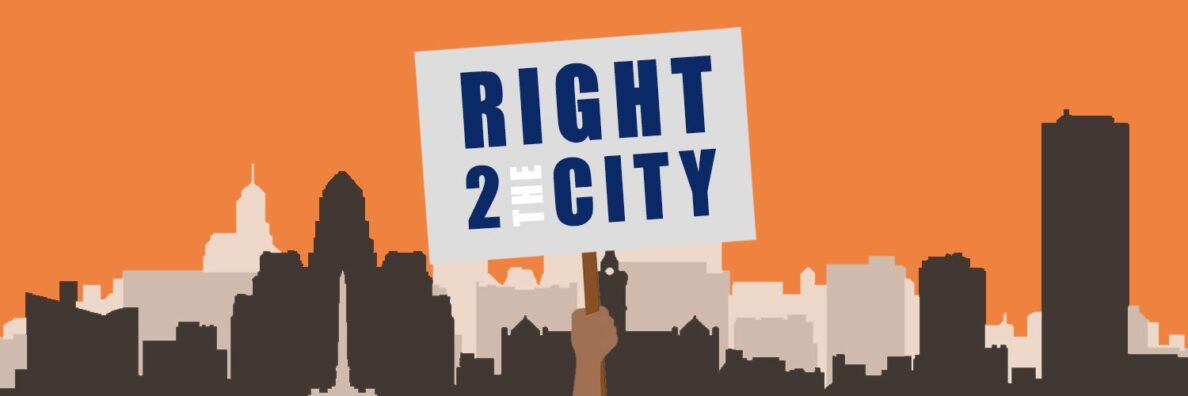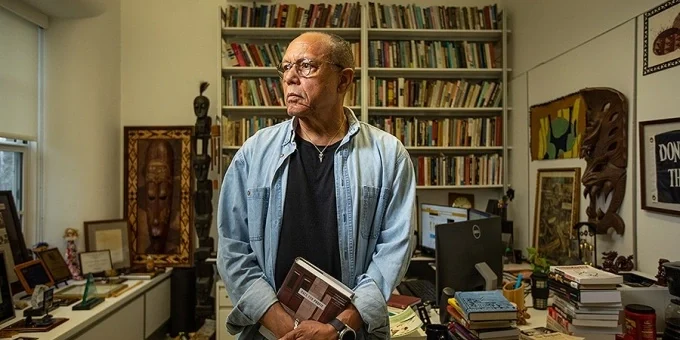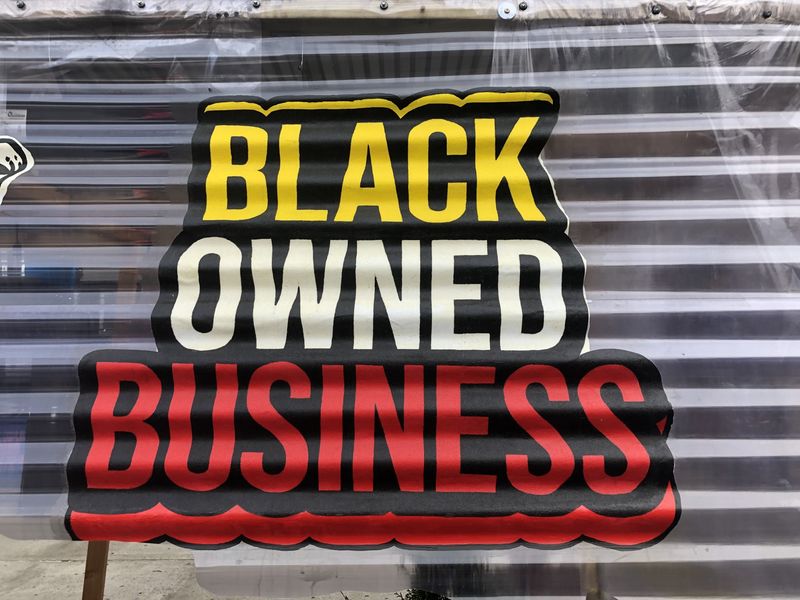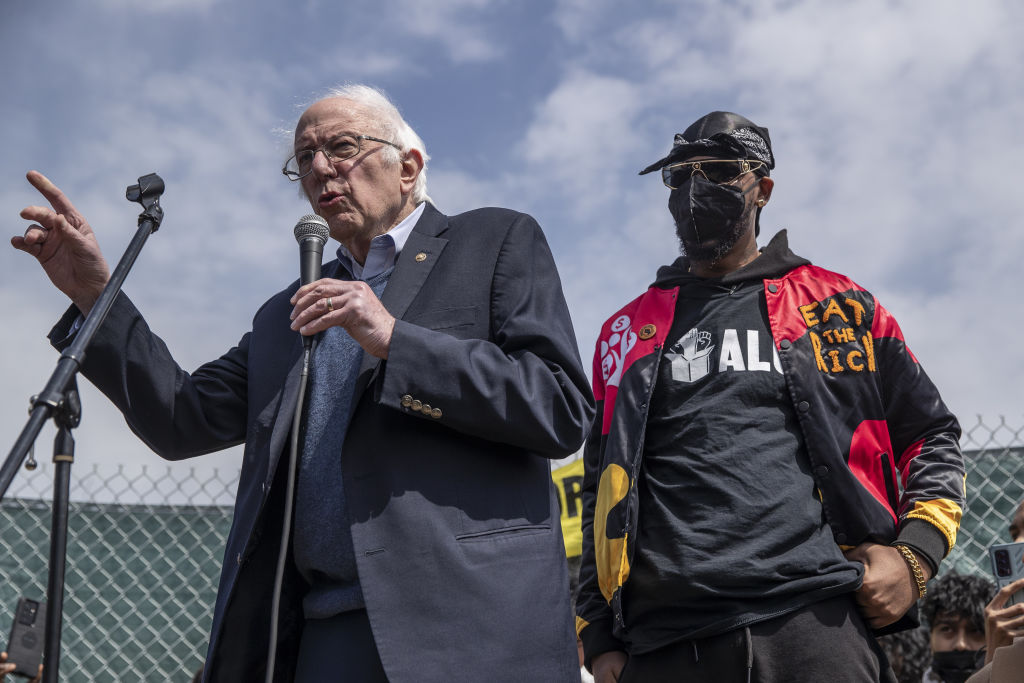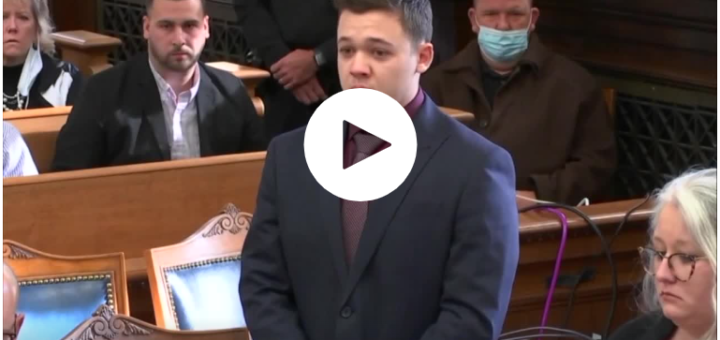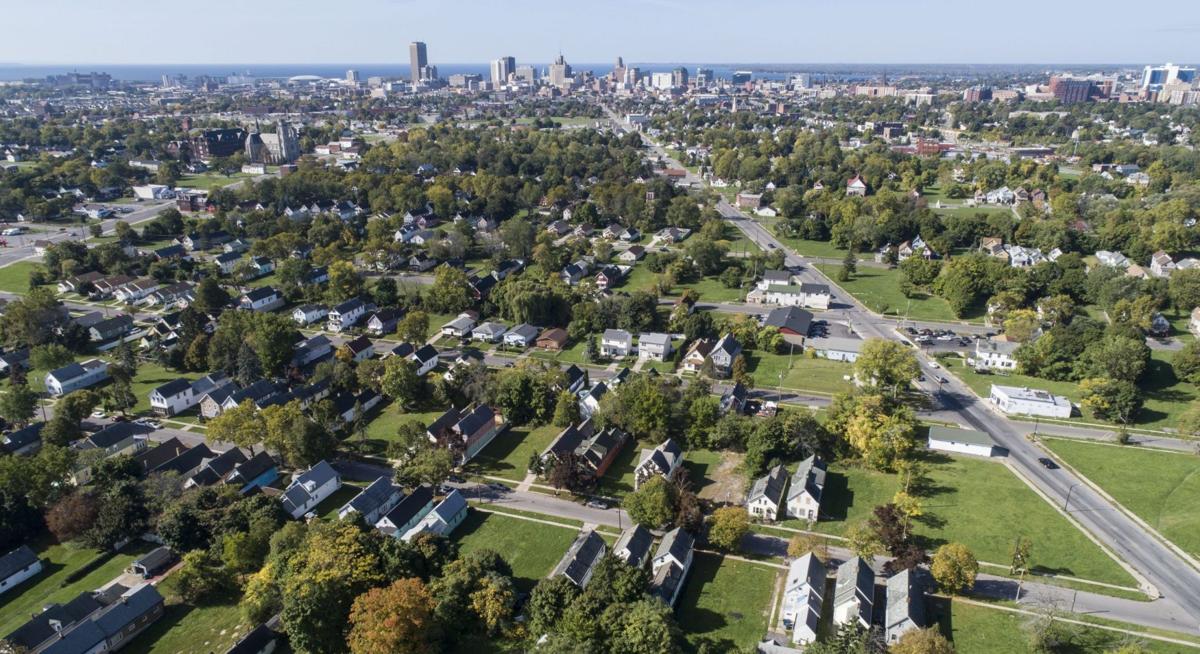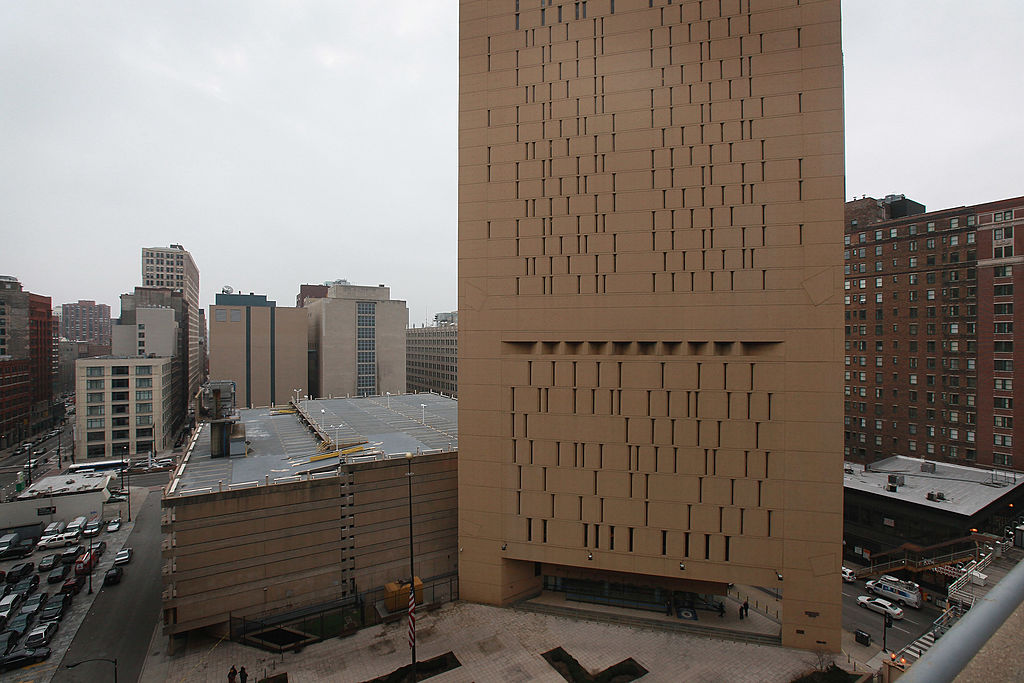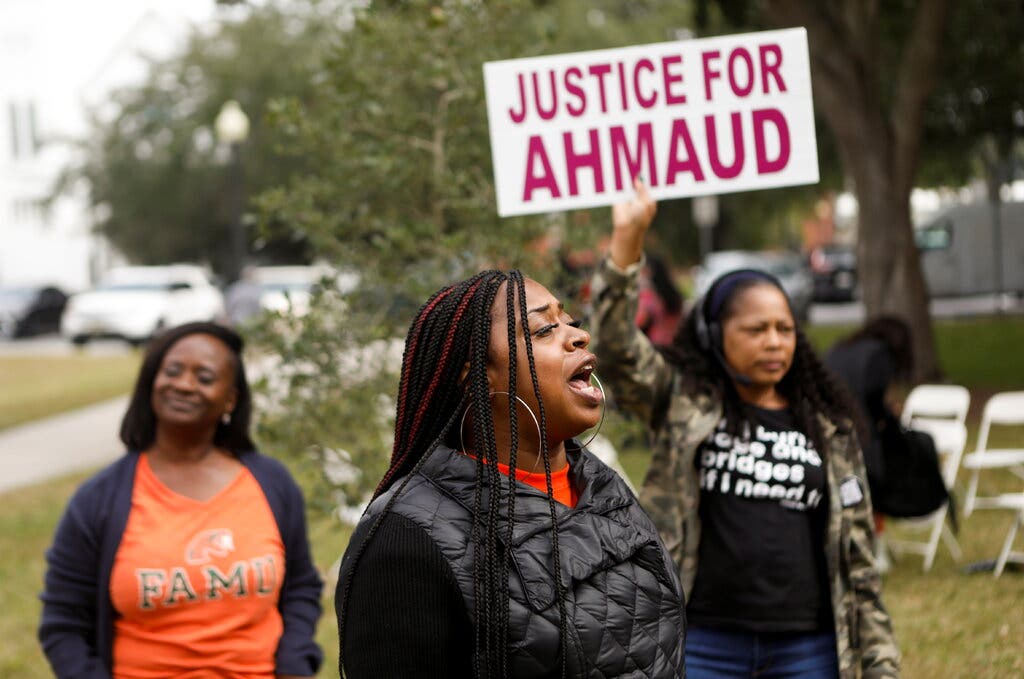By Richard Fausset
Read the full article from The New York Times, here.
The jury, which is made up of residents from Glynn County, where more than a quarter of the population is Black, includes 11 white people and one Black person. Anxiety over the jury’s racial makeup was palpable among observers and participants during the more than two weeks that the jurors were being chosen.
Lawyers have said the trial could last a month. The extraordinarily long jury selection process, a grueling process that took two and a half week and included the seating of four alternate jurors, has already underscored the explosive nature of this case. That is particularly true in coastal Glynn County, where many of the 85,000 residents are connected by bonds of family, school or work, and where racial tension and harmony are deeply laced.
